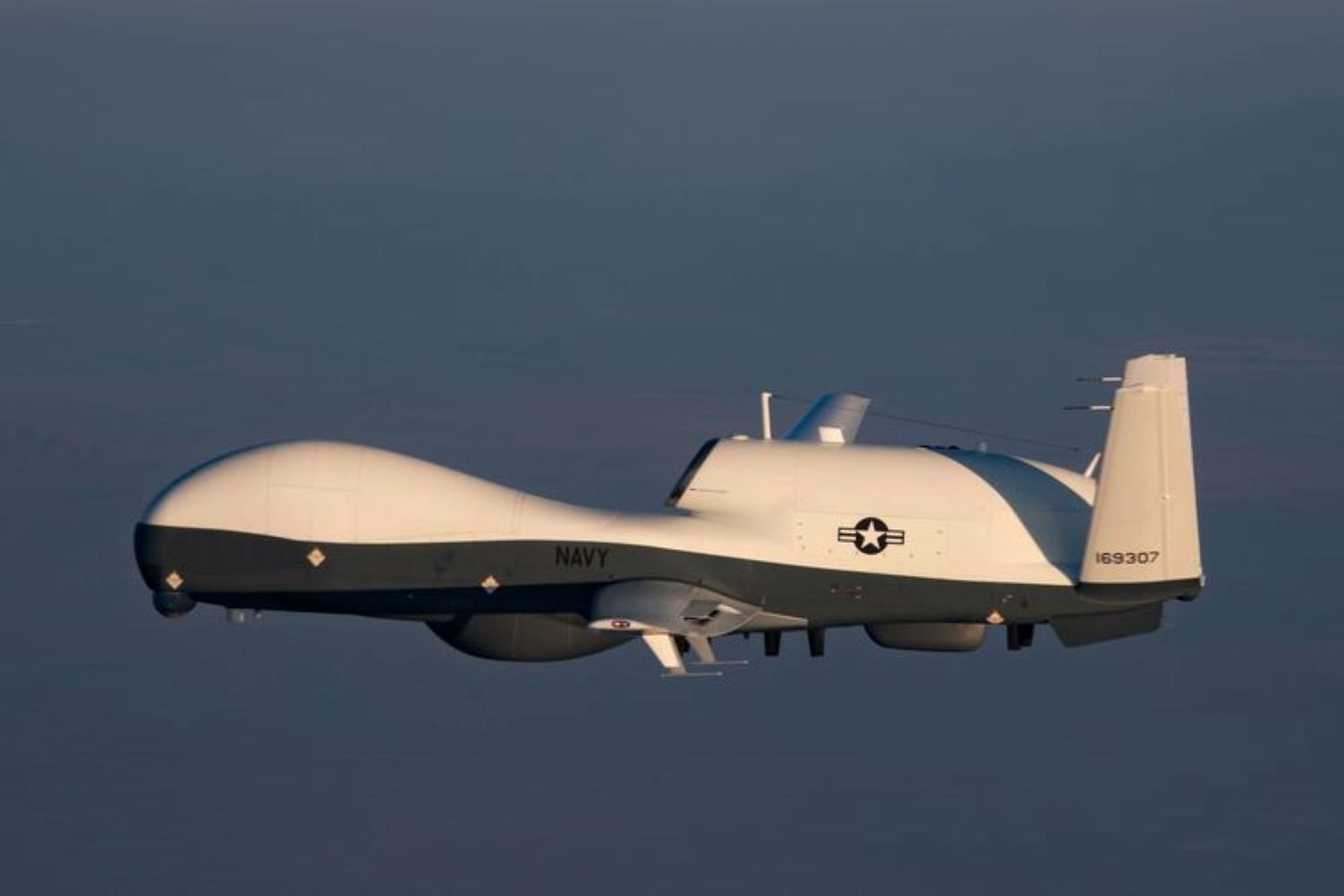Northrop Grumman Corporation’s MQ-4C Triton uncrewed aircraft has received a declaration of initial operating capability (IOC) by the U.S. Navy. This high-altitude, long-endurance aircraft is capable of persistent maritime intelligence, surveillance, reconnaissance, and targeting operations.
Since its early operational capability in May 2020, the MQ-4C Triton has been an asset in the U.S. Navy’s Pacific Fleet, conducting maritime and reconnaissance missions in the U.S. Indo-Pacific Command area of responsibility.
Rho Cauley Bruner, Triton program director for Northrop Grumman, said that “Triton has proven to be invaluable for the maritime patrol and reconnaissance mission in the Indo-Pacific. Now that the system has achieved initial operating capability, commanders will be able to fully leverage Triton’s powerful sensor suite to detect and deter potential adversaries around the world.”
Sharing a similar sentiment, Capt. Josh Guerre, Persistent Maritime Unmanned Aircraft Systems program manager for the U.S. Navy, said “Persistent global maritime awareness is central to deterring, or competing and winning against, our adversaries. Triton ensures we’re making informed decisions and effectively operating anywhere in the world.”
Detailing the MQ-4C Triton’s Capabilities
Designed to serve both the U.S. Navy and the Royal Australian Air Force, the Triton supports several missions, encompassing maritime patrol, signals intelligence, and search and rescue operations. Its capabilities are vital in predicting adversary behavior, aiding in strategic planning, and enhancing military responsiveness.
With an operating altitude exceeding 50,000 feet and a 24-hour endurance, the Triton stands as a robust communications relay, providing a unified operational picture and enabling the detection and tracking of maritime targets well beyond the reach of enemy ships and surface-to-air missiles.
In a single mission spanning 24 hours, the Triton can survey an expansive area of four million nautical miles, setting a new standard in persistent surveillance.


Comentarios
Para comentar, debés estar registrado
Por favor, iniciá sesión